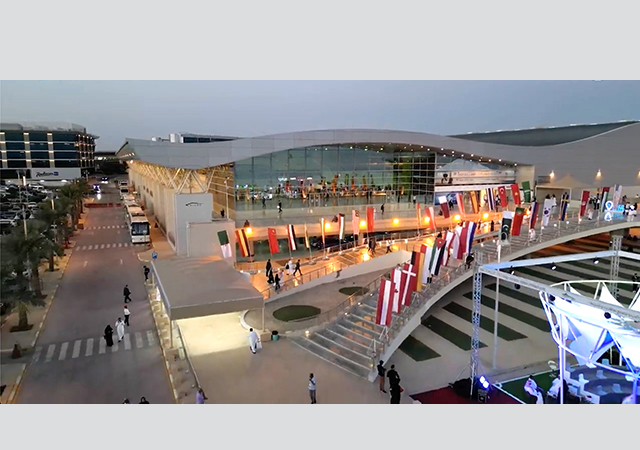
 The wood borer beetles ... a growing menace.
The wood borer beetles ... a growing menace.
A ِmong the large number of organisms that attack and destroy the timber and plywood in buildings, it is the beetles and termites that do most damage.
Beetles belong to Order Coleoptera, the most diverse and biggest group of animals on the planet and of this order, the Anobiidae family constitutes are the most destructive to timber and plywood, infesting both conifer and hardwood timbers in heartwood and sapwood. Termites, which belong to the Order Isoptera, feed on the cellulose materials. Subterranean termites, which build their nest in the ground and often construct a mud tube to move in, destroy the timber and plywood completely.
Wood-boring beetles
Structure-infesting anobiid beetles are found in crawl spaces or damp basements in old houses. They infest wooden support timbers, floor joists and sub-flooring and will attack new hardwoods (maple, walnut and oak) and softwoods. Larvae of these beetle feed on plywood. Once established, and if environmental conditions remain favourable, anobiids will continuously re-infest until only a thin layer of wood and powdery frass remains. Conditions like high moisture, no proper ventilation, and a poor drainage system close to the structure encourage development of these insects.
The furniture beetle is found in households as it infests timber and plywood used in furniture. In the early stages, the infestation appears to be very slow but eventually the furniture is completely destroyed and reduced to powder. In older furniture, the joints become a little loose and paint flakes off, revealing some cracks. Plywood, especially, is severely affected by these beetles.
The furniture beetle never attack freshly seasoned timber but prefers older wood, hence it may infest old floor joists, floor boards, joinery works and plywood in private houses, libraries, museum furniture, stores and warehouses where the furniture has been in use over several years.
Pest control professionals apply an integrated beetle management policy for anobiid control. Inspection, monitoring and use of cultural and non-chemical methods and the use of pesticide to treat the infested wood have become popular methods to solve the problem.
Monitoring and inspection
Since these insects are so well hidden, it is extremely difficult to determine whether there is active infestation. It is very important to understand if beetle infestation is still active in the timber, if the larvae are still eating, or if eggs are present inside. There are certain areas of the house where the beetle infestation can be detected easily such as attics and crawl spaces.
Finding exit holes does not always mean that anobiids still are feeding within the wood. Discovering frass as it is pushed out of exit holes is the best indicator of larval activity. A hammer can be used to tap on wood and listen for differences in sounds. If the wood does not sound solid, anobiids may be present. If a knife penetrates easily into the timber and dust-like frass appears, that portion of the structure must examined to further determine if wood replacement is necessary.
Low levels of activity (that is, a few exit holes in one or two boards in the building) do not warrant control.
Control of surroundings: It is important to remove scraps of lumber, such as form boards from crawl spaces, as these may contain beetle larvae. When replacing wood, as much infested material as possible must be removed and burnt. These insects will not re-infest wooden surface that have been painted or varnished. Abandoned buildings that harbour active infestations should be torn down if practical.
Moisture control: Beetles need a moisture level of more than 15 per cent to invade the timber or plywood, as they will not invade dry timber. A change in the environmental conditions is one of the best ways to control the beetle infestation, hence it must be ensured that the moisture level is between 8 to 12 per cent, although in certain parts of the building it could be higher.
Use of wood preservative: Recent tests have positively demonstrated the usefulness of a borate compound (disodium octaborate tetrahydrate) as a treatment for wood-infesting anobiids. The Environmental Protection Agency is reviewing borate compounds for registration against structure-infesting anobiids. It can be applied to timber by vacuum-pressure impregnation or dip-infusion.
Pre-treated timber and plywood: Pre-treated timber and plywood should always be used. Pre-treatment can be done both by insecticides and by using less toxic formulation. Any structural wood that is in contact with soil should comprise pressure-treated wood.
Removal of infested timber and plywood: If any part of wooden structure is infested with beetles, it should be removed and replaced. While this is done, care must be taken to check the sides and not leave any trace if infestation. Also, the infested pieces that have been removed must be treated with residual insecticide.
Chemical Control is implemented by using residual insecticides and fumigation.
• Residual Insecticides: Pest control professionals use chlorpyrifos and lindane to treat anobiid infestations and if applications are timed during the adult emergence period, they can be very effective. Sub-floor insulation should be removed before applying chemicals to control wood-infesting beetles effectively. However, these insecticides only penetrate a few millimetres into most wood, and larvae that live deep inside timber may not contact the material for several years. During this time, the effectiveness of these compounds will decrease.
• Fumigation: Fumigation can be done by using any recommended fumigant such as Phosphine or Methyl Bromide.
Subterranean termites
Millions of dollars are spent every year on replacing termite damaged timber and plywood and termite control.
Termite management is currently undergoing unprecedented change with new researches and technologies being introduced. Various control methods being used include termite baits, monitoring systems, aerosol application, timber and plywood preservation and termite proofing, termite detecting electronic devices, and various electronic and electrical and physical methods.
There are certain factors that are favourable for termite attacks and make buildings more vulnerable and thus preventive and corrective measures is best applied during or before a building is being constructed. The following conducive conditions can be managed to prevent or make the structure safer from termite infestation.
Wood-to-ground contact: Most of the termite infestations inside a building can be traced back to some contact of wood with the ground, which provides food, entry point, moisture and easy access within the building. To prevent this, wood sidings, windows, and doorframes should be at least 15 cm above the ground level. Wooden posts, door frames and stair carriages should never penetrate the concrete - they should be cut from the bottom and be supported by 15 cm concrete blocks.
Where it is not possible to remove the contact of wood with the soil, the soil must be treated with termiticide and the wood treated with wood preservative.
Wood debris: Any cellulose materials below the soil attract foraging termites. Hence stumps, boards, scrap wood, paper, cardboard boxes should be removed from under and around the building. Also during the construction phase, wood, timber or compost piles must not be placed near the foundation as it may provide a hidden route to termites.
Excessive moisture: Moisture is the most important factor that attracts termites and encourages them to remain in the structure. Rain seepage, drainage problem and leakage in the plumbing can sustain a satellite subterranean termite colony above the ground with no soil contact.
Defective plumbing or any other factor creating high moisture levels should be removed. To lower the moisture inside crawl spaces, the exposed soil should be covered by polyethylene sheet.
Poor ventilation: There is always a problem of adequate ventilation in modern buildings which helps reduce the humidity in crawl spaces. Ideally, there should be a vent opening of one sq ft for every 150 sq ft of crawl space. The vent opening must be screened with ¼ inch galvanised mesh to stop the entry of rodents and other animals. Proper ventilation must also be ensured inside and near wet bathroom and kitchen areas.
Dense vegetation: Tall grasses, shrubs, and other vegetation should not be allowed to grow against the sides and foundations of a building as they hinder in detecting termite presence.
Early detection: The new techniques of early subterranean termite detection such as listening devices, imaging technology, microwave technology, electronic odour detector and trained termite detector dogs are providing new ways for early detection of termites before much damage is done.
Termite-proofing of wood: Wood is treated with high-pressure aerosol injections. Such treatment kills the termites and makes the area of treated also toxic and repellent. In buildings where the wooden structure is in contact with the ground, the use of pressure-treated wood is a must. In pressure-treated wood, the preservative is forced into the wood cells at high pressure. The preservatives used in wood include toxic oils, salts and some highly toxic chemicals in solvent.
Application of termiticide for a toxic barrier in soil between the structure and the likely termite entry points is still the most effective method of controlling subterranean termites. Toxic termiticide barriers kill the termites that come in contact with it or/and repel them.
Establishing a continuous uniform termiticide barrier depends upon many factors such as type and Ph value of the soil and its capacity to absorb and retain the termiticide and infestation incidence. To establish a proper termiticide barrier, the professional technician has to follow the termite control procedure, termiticide label directions and adapt to the local conditions. The technician has to establish a horizontal as well as a vertical barrier.
Riyadh-based Masa Establishment for Pest Extermination has been applying professional termite control technology for subterranean termites since the last 27 years. Its professionals render termite control in two major ways:
• Pre- construction termite treatment: Pre-construction application of termiticide is the best way for establishing a continuous and perfect barrier. This toxic termiticide is applied in such a way that all the possible termite routes to the building are blocked. An effective barrier is formed when the required amount of termiticide spreads evenly at every point of the barrier.
• Post construction termite treatment: In this treatment, a barrier is established between the soil and the possible termite entry routes into the building by drilling injection and rodding. Post-construction termite treatment requires a thorough knowledge of building construction and the potential termite entry points that are hidden behind the walls.
Masa using the latest-generation termiticide Josh 30.5 per cent SC (imidacloprid 30.5 per cent SC), belonging to chloronicotinyl class of termiticides. Josh 30.5 per cent SC acts as contact and stomach poison by interfering with the transmission of stimuli in the insect nervous system. It is odourless and has a low toxicity to human beings and pets.


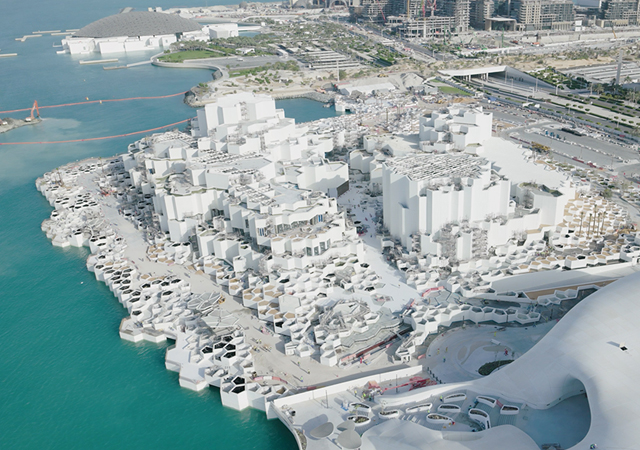


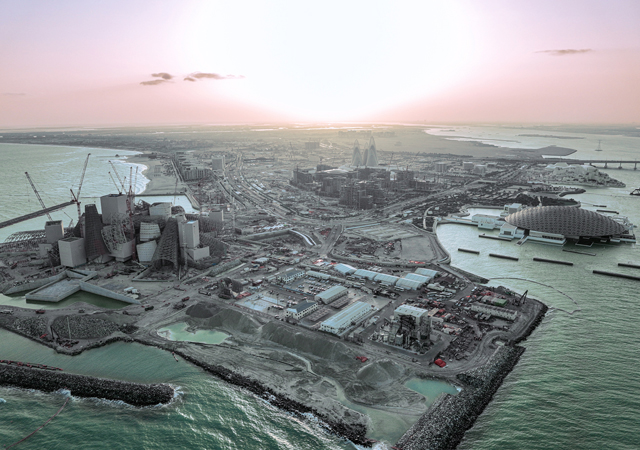
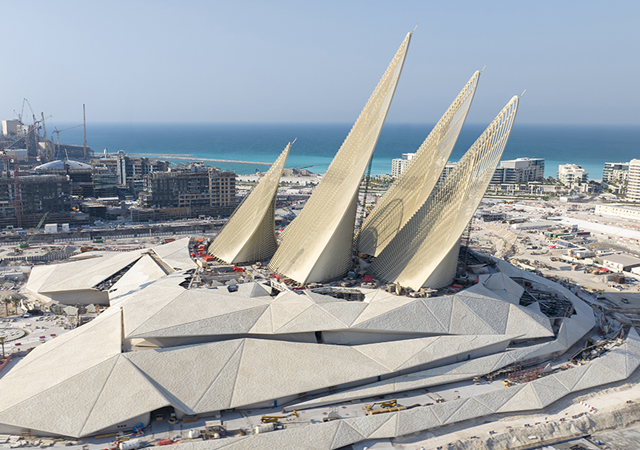
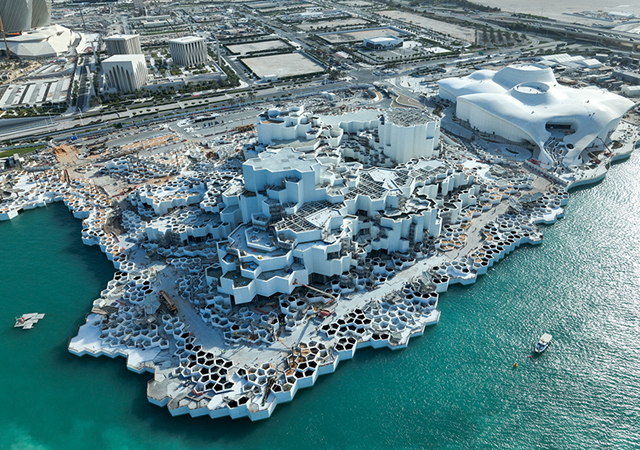
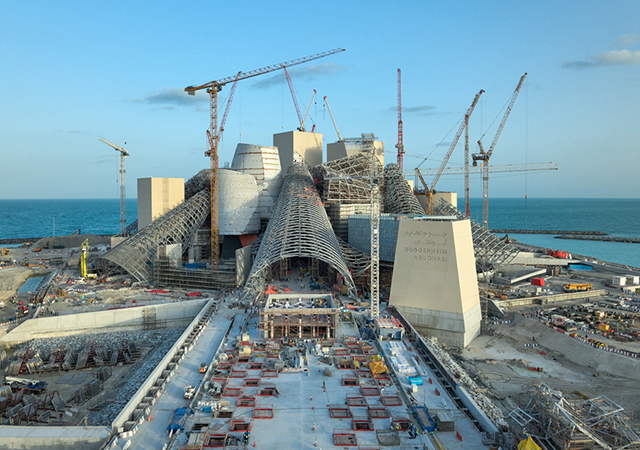
.jpg)
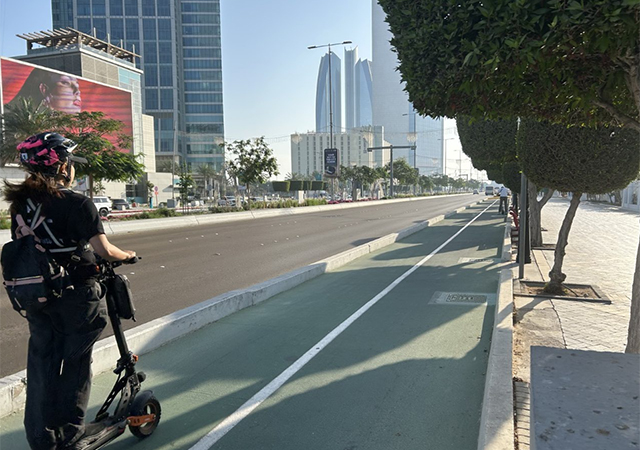
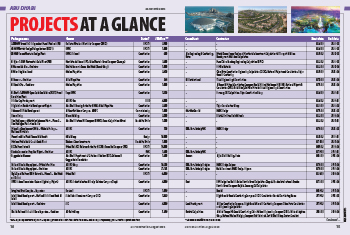
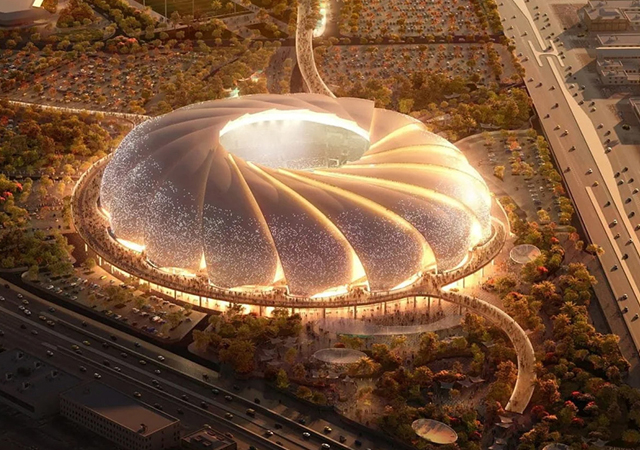
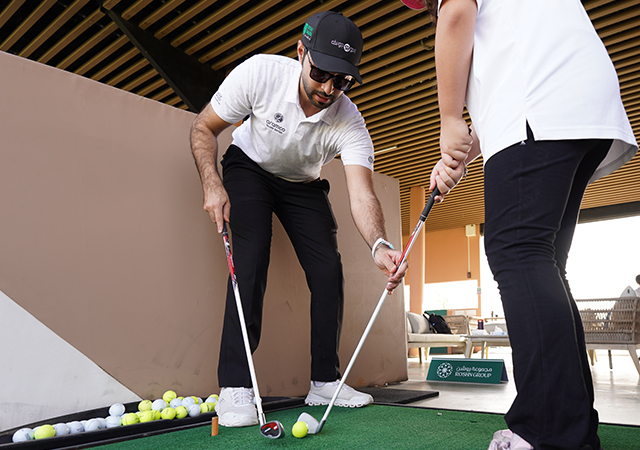
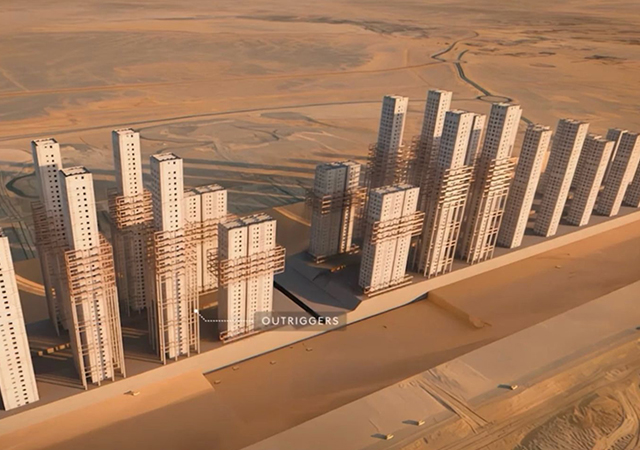
.jpg)
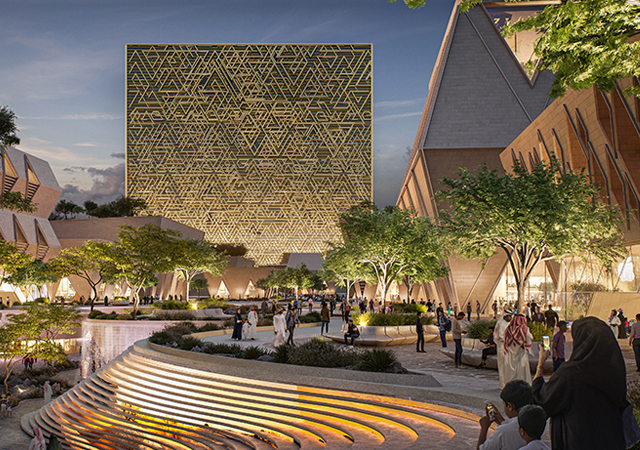
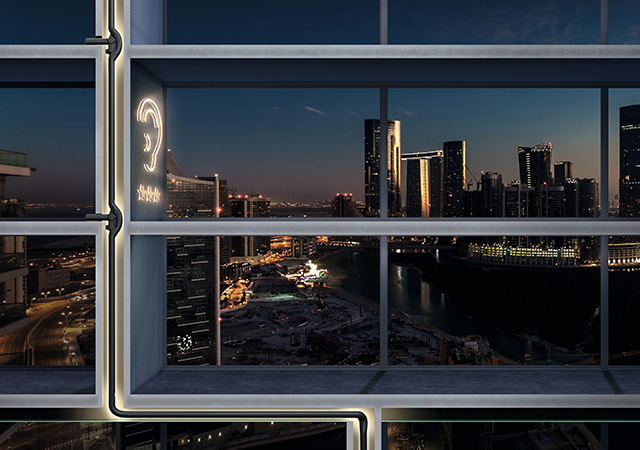
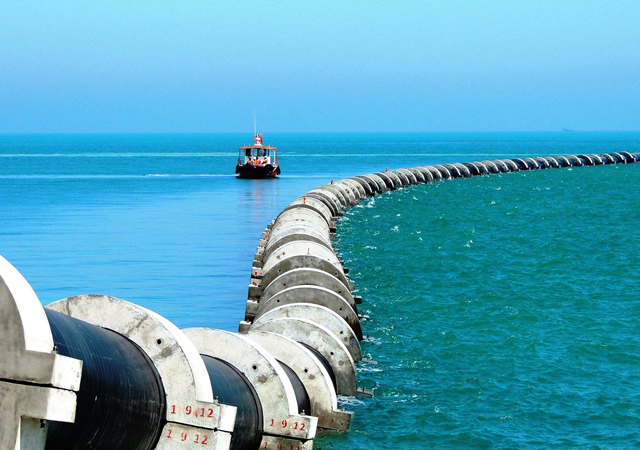
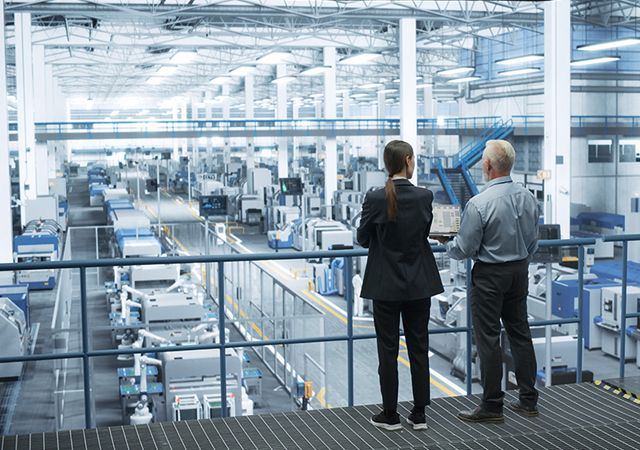

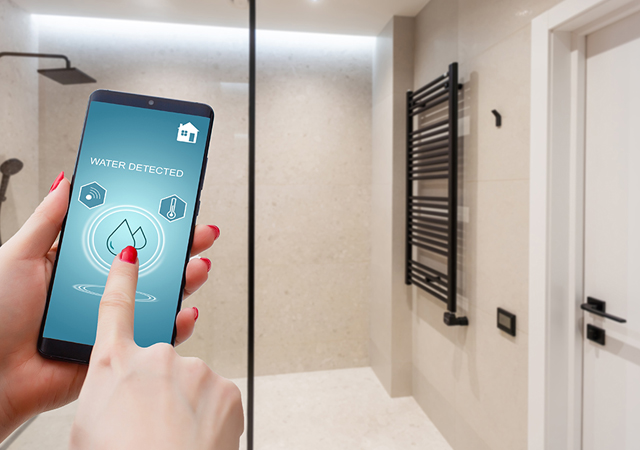
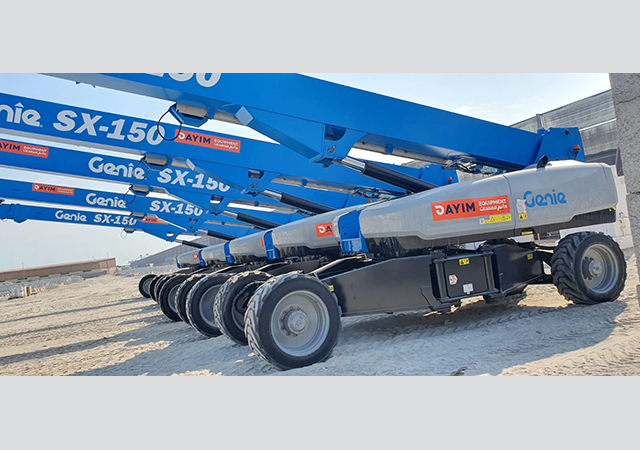
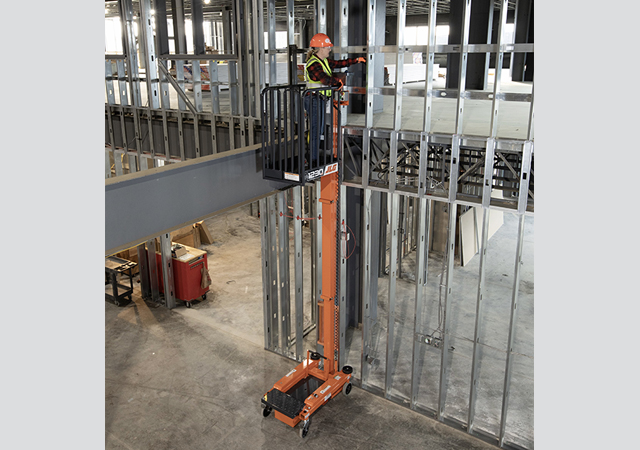

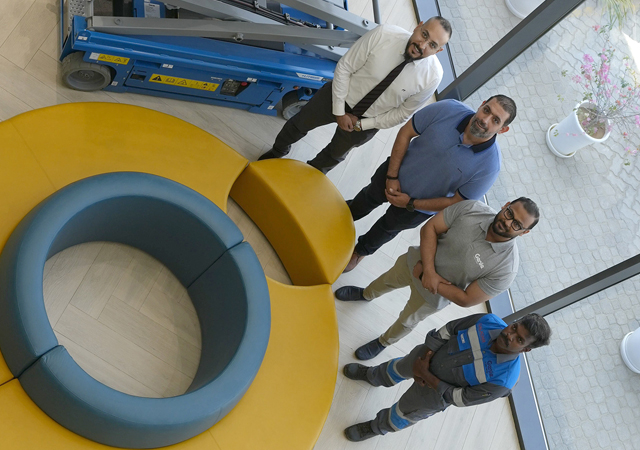
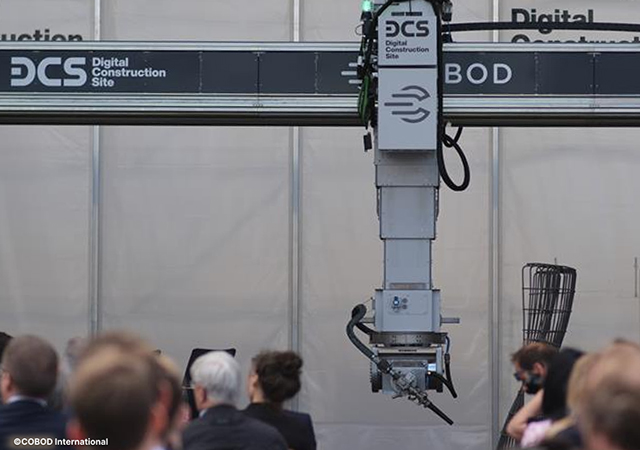
Doka (2).jpg)
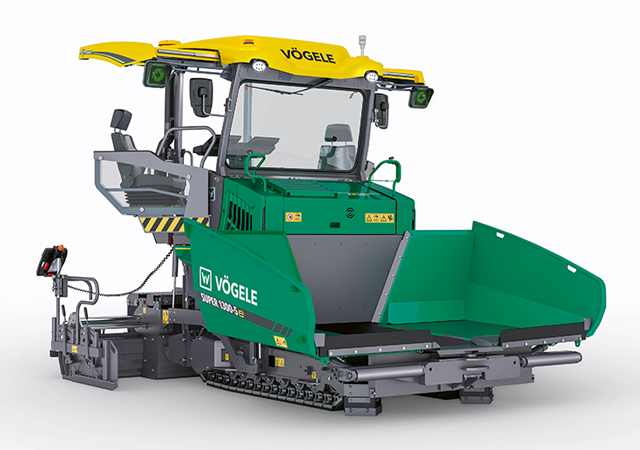


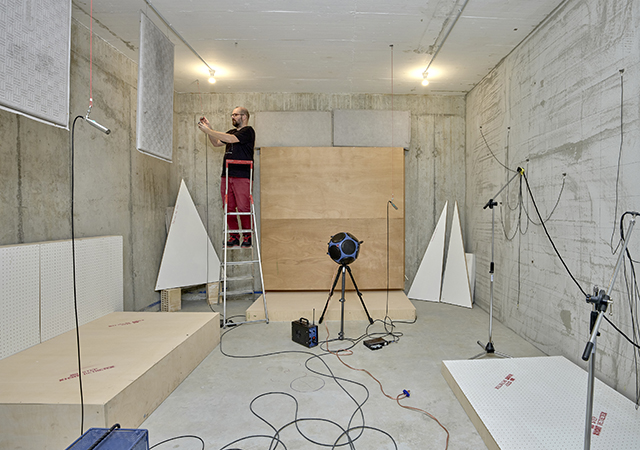
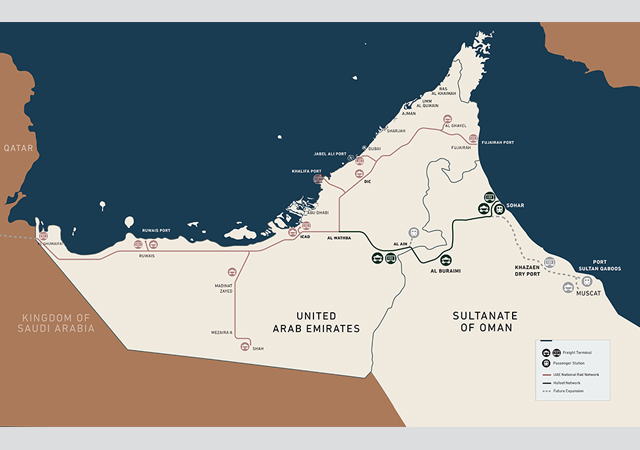
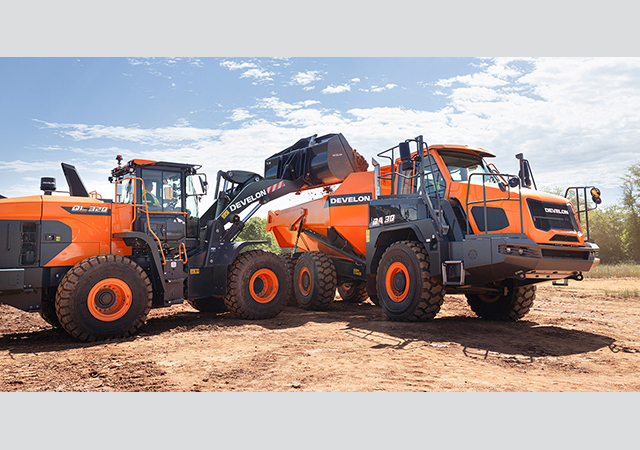
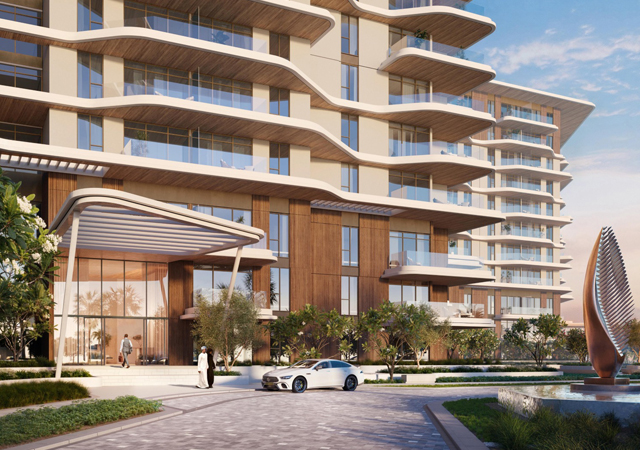


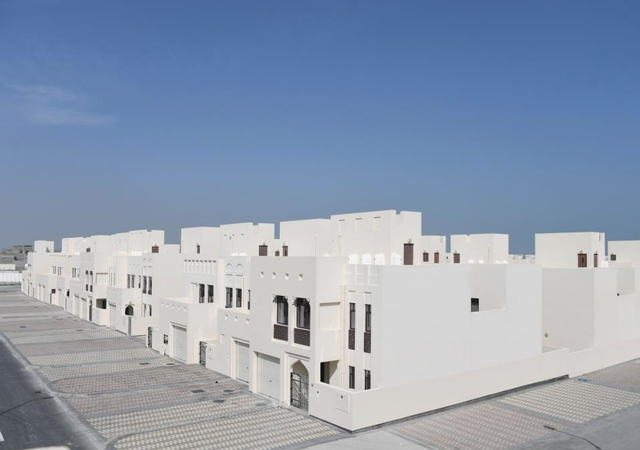
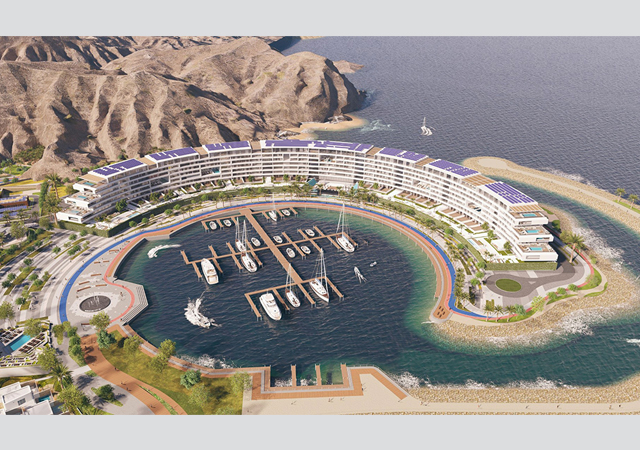
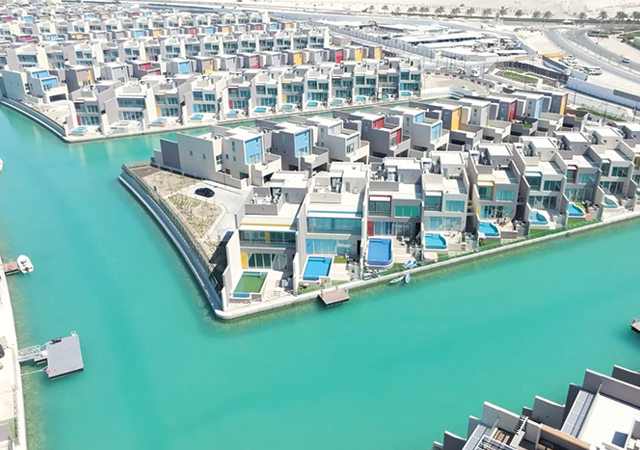
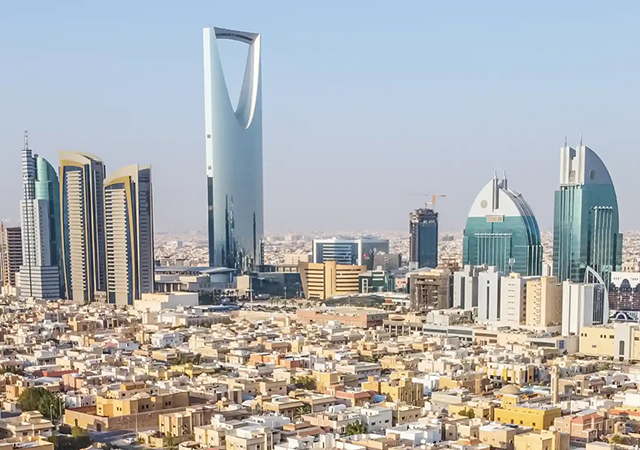
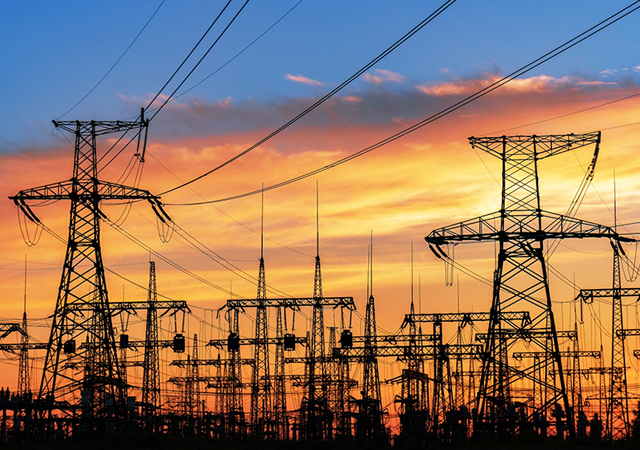

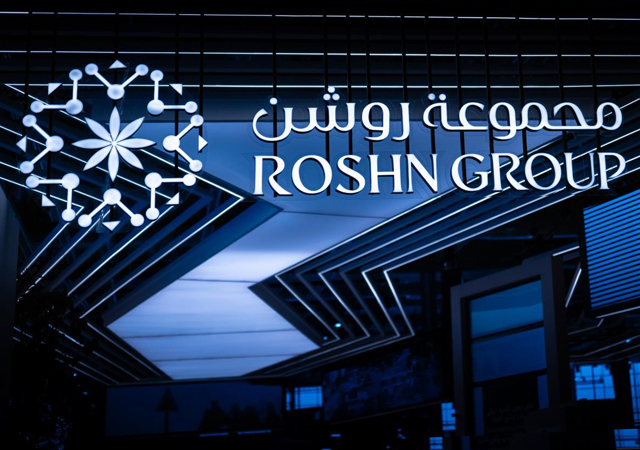
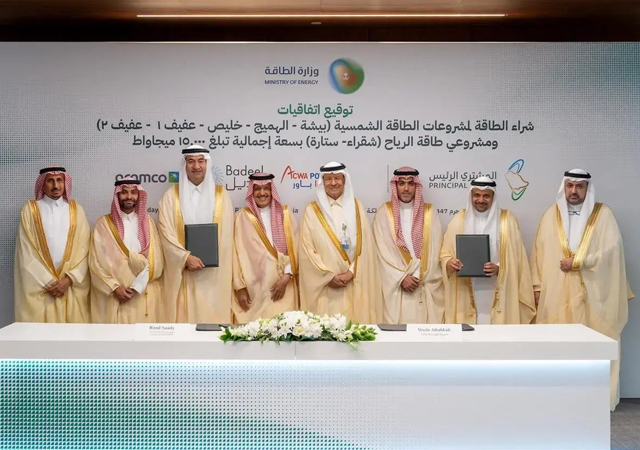
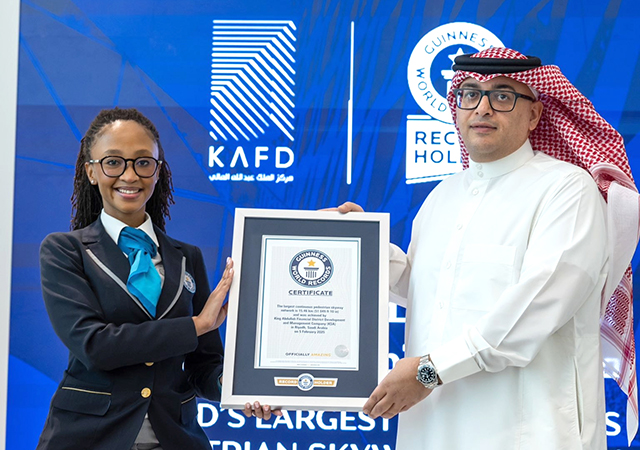
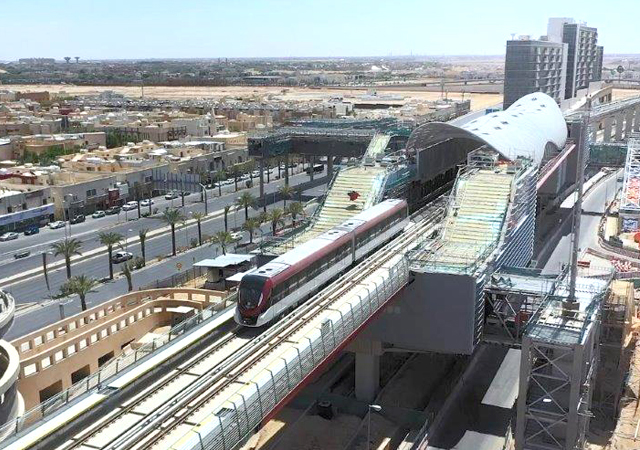
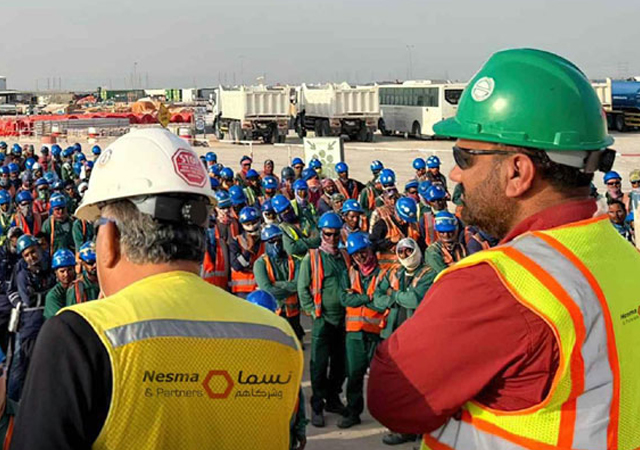
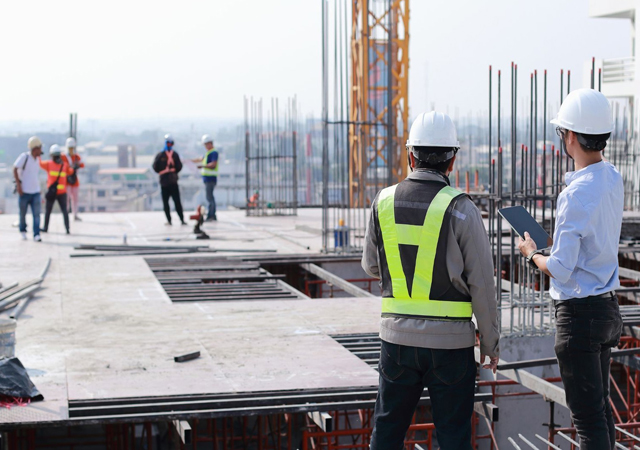

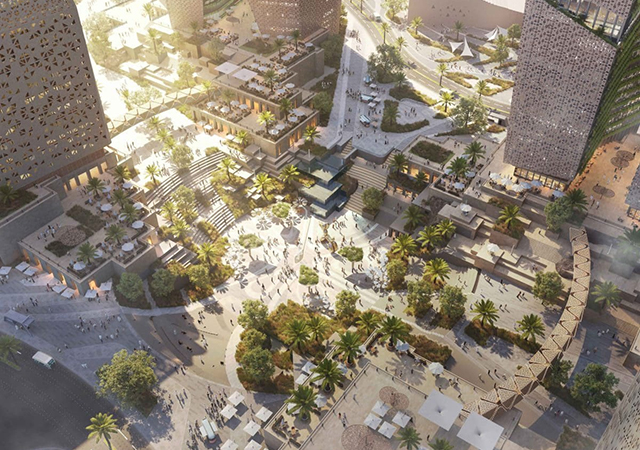
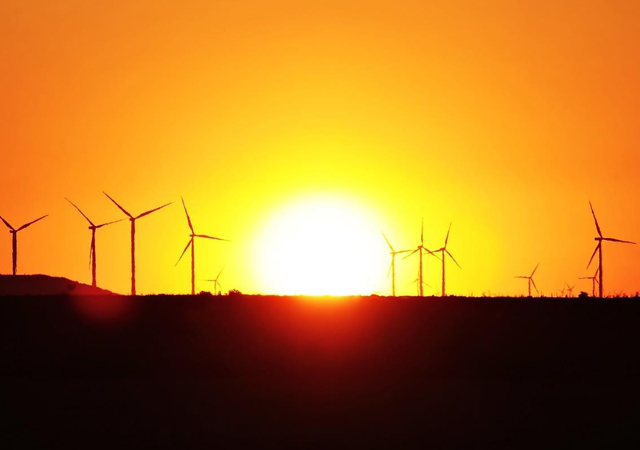
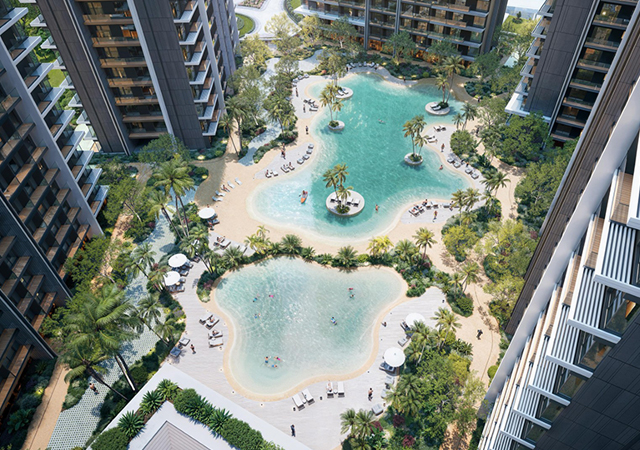
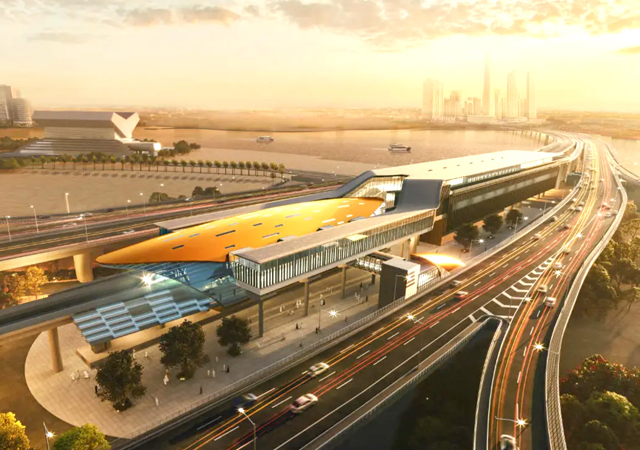
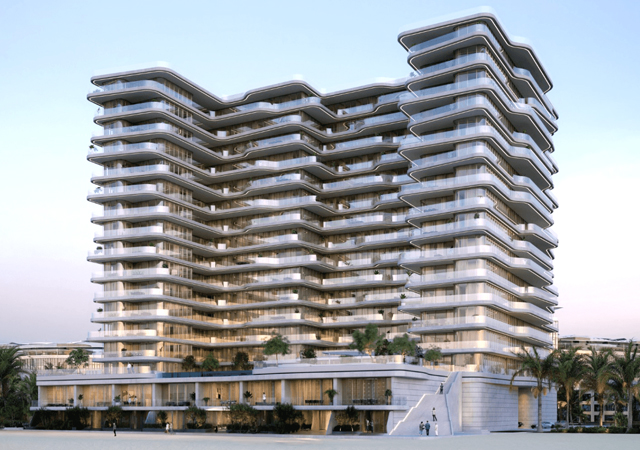
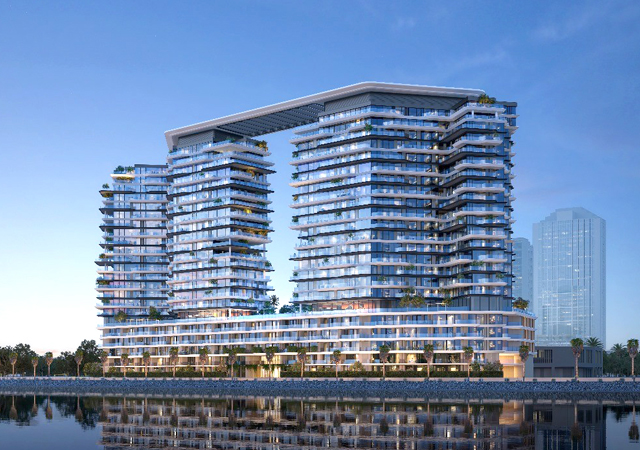

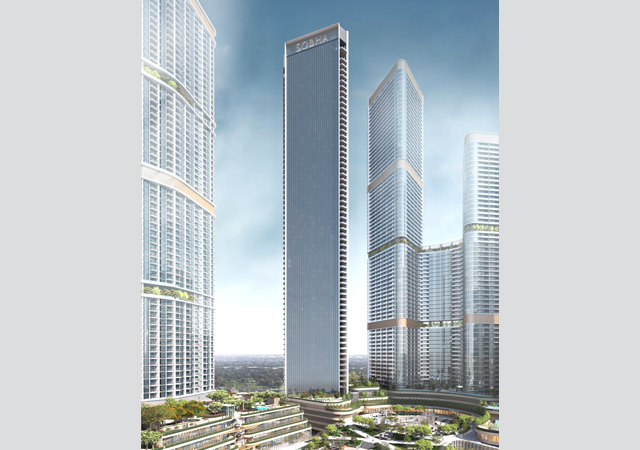
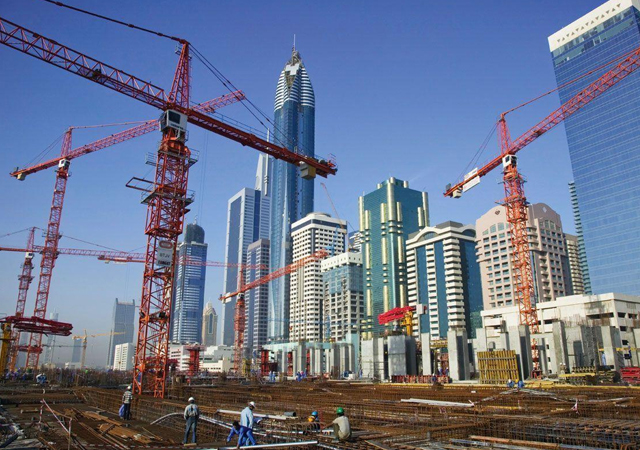


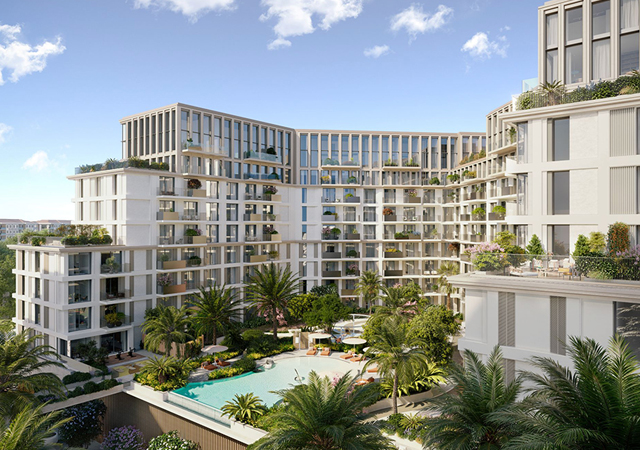
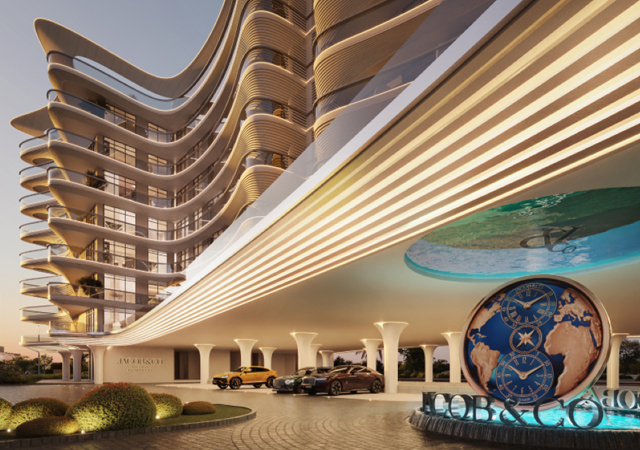
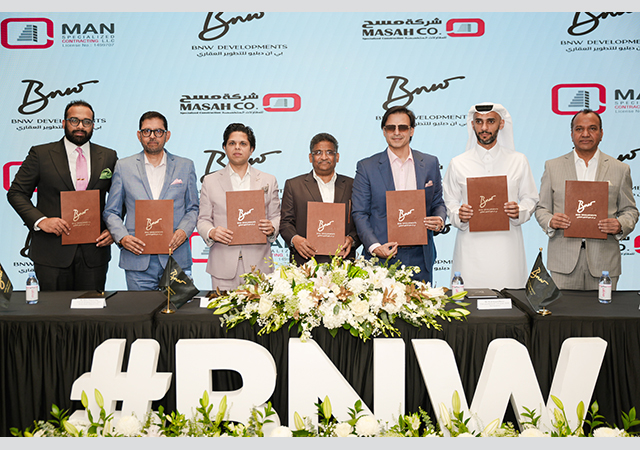
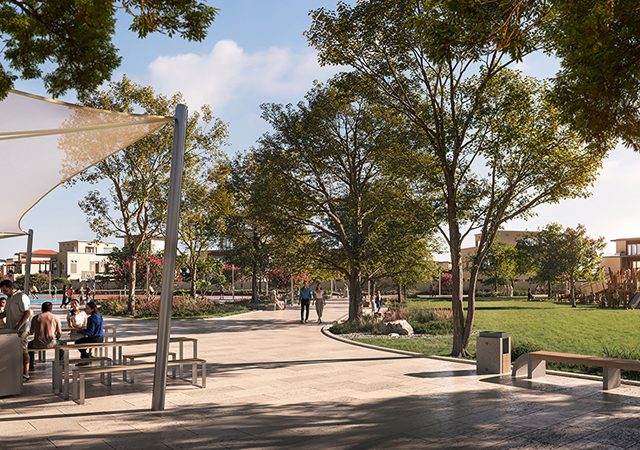
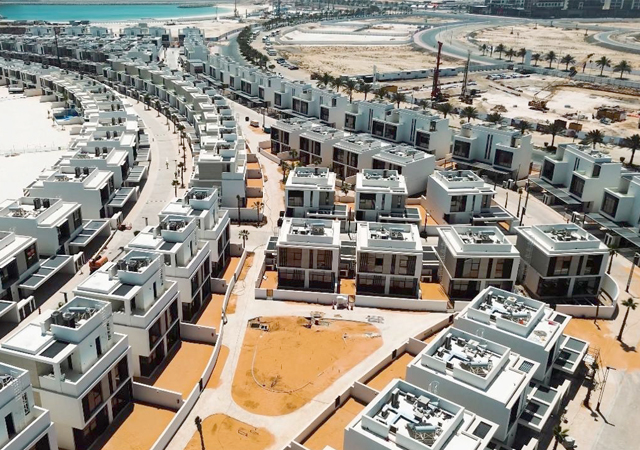
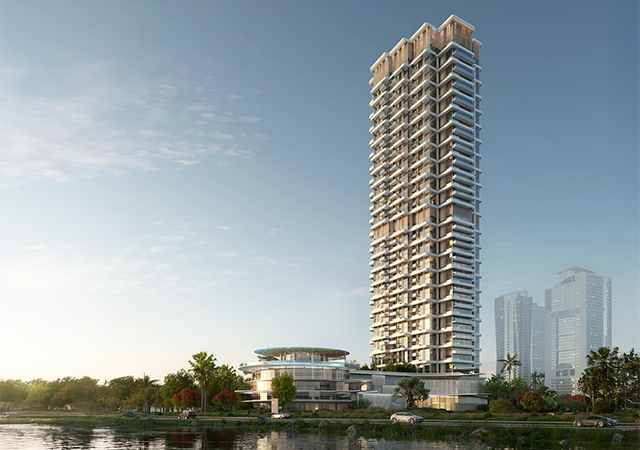

.jpg)
.jpg)

.jpg)
